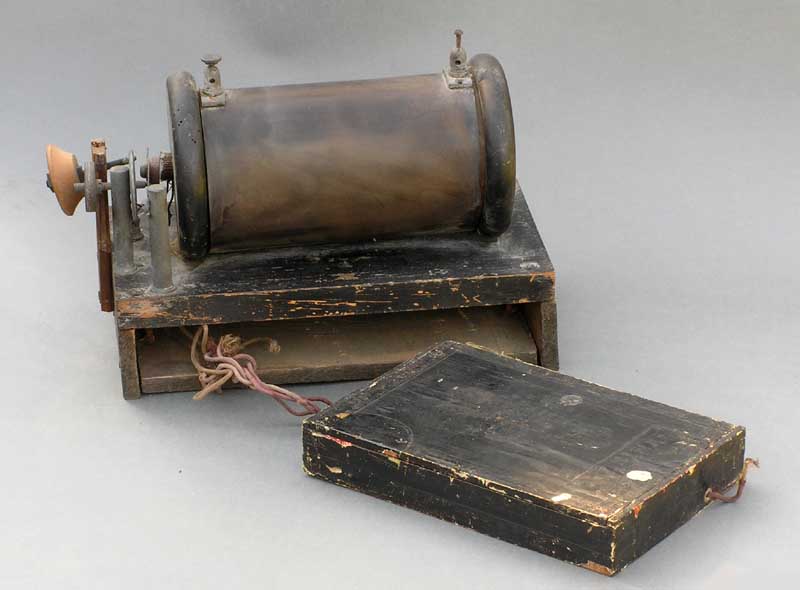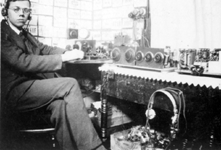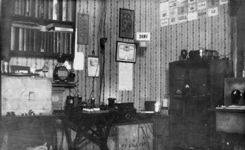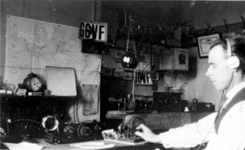The Group history dates back to 1931, but its predecessor goes back to 1913 when it was called the Bristol Wireless Association. Apart from brief interruptions for war, it has remained in being until the February 2024. It has met at various venues the Half Moon in Stoke’s Croft, Carwardine’s restaurant, the Royal Fort and the Small Lecture Theatre at the University of Bristol, and the Lawn Tennis Club in Redland – to name but a few Currently meetings are held at BAWA in Filton.
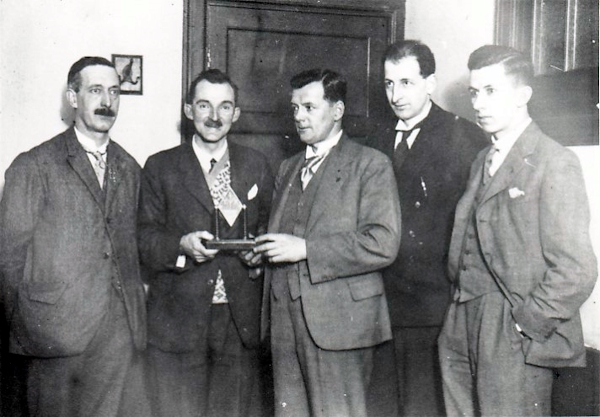
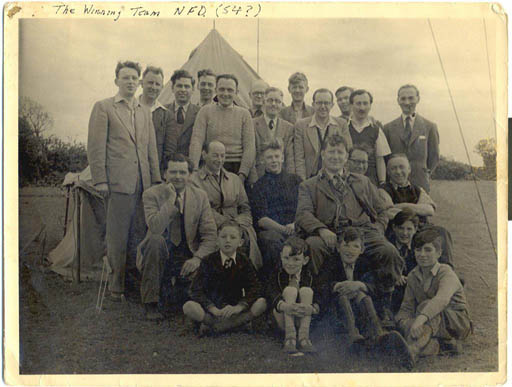
The fortunes of the Group have waxed and waned, as is the case with all organisations – the most memorable happenings being the winning of NFD three times in a row in the early Fifties and the still talked about National Convention, which was held here in Bristol.

However, probably the most enduring event for which the Bristol RSGB Group is known is the Longleat Rally. For 45 years the Group organised and ran this very popular rally at Longleat House. In 1997 the Group helped in a small way with special event station GB5JC celebrating John Cabot and the Matthew. As a spin-off from this it provided some of the equipment used for the historic first amateur radio transmission by HM the Queen in 1997.
Pre-History
This 1908/9 Spark Transmitter, built by Gilbert Tonkin and used at station ‘TBX’, is the oldest relic of Bristol Amateur Radio that we know of.
Pre-WW2
Here are some shacks in Bristol dating from the early thirties. Another, with a full station description is on the G6RB page.
The Group ran an active social calendar and organised dinners, variously called District Meetings, Conventionettes and Hamfests.
District 5 which included Bristol made competitive entries in NFD from the start in 1933.
Post War
The post-WWII history is based on the minute book of the group, shown at the left, for the period from April 22nd., 1945 to April, 20th., 1956. The book itself was purchased after the May 27th. 1945 meeting for 15/-.
Earlier information was gleaned from the T&R Bulletin, Vols. 9-12, (June 1933 – June 1937) kindly loaned by Dave, G3YNH (silent key). Geoff, G4FKA has done sterling work searching his collection of the “Bull” for the early 1950’s to find nuggets of information.
The minutes start in the period after the end of the Second World War before transmitting privileges had been restored to British Amateurs. The first licences were issued in January 1946. The terms and conditions were very different from those before the war. Calling ‘CQ’ was allowed, all
restrictions on aerials were removed, there were no longer ‘guard bands’, and the duration of transmissions was unrestricted. At first only the 28-29 and 58.5-60 Mc/s bands were allowed. On March 15th, 1946 top band
(1.8-2 Mc/s) and more of ten (29-30 Mc/s) were added. On July 1st. 7.15-7.3 and 14.1-14.3 Mc/s followed.

